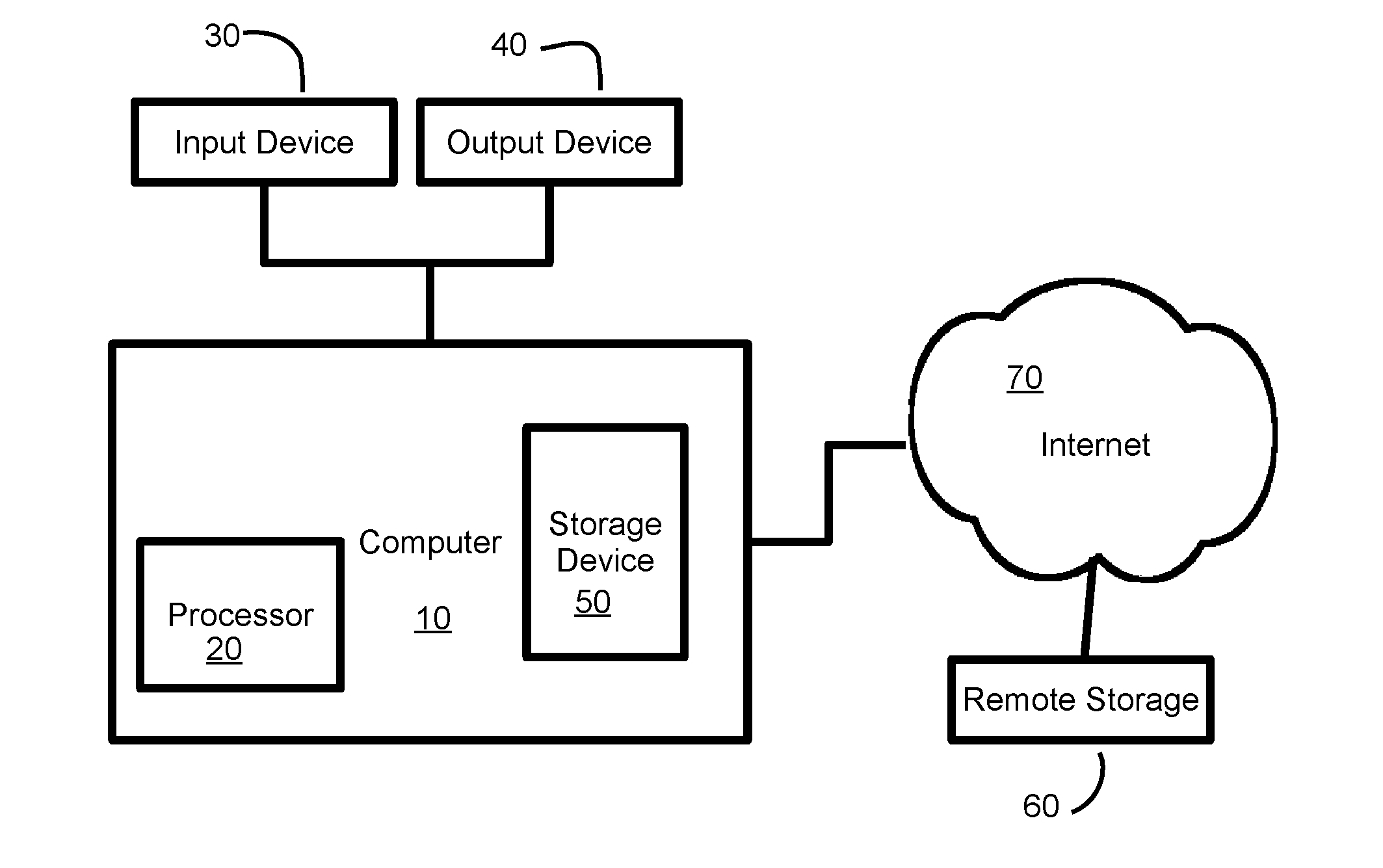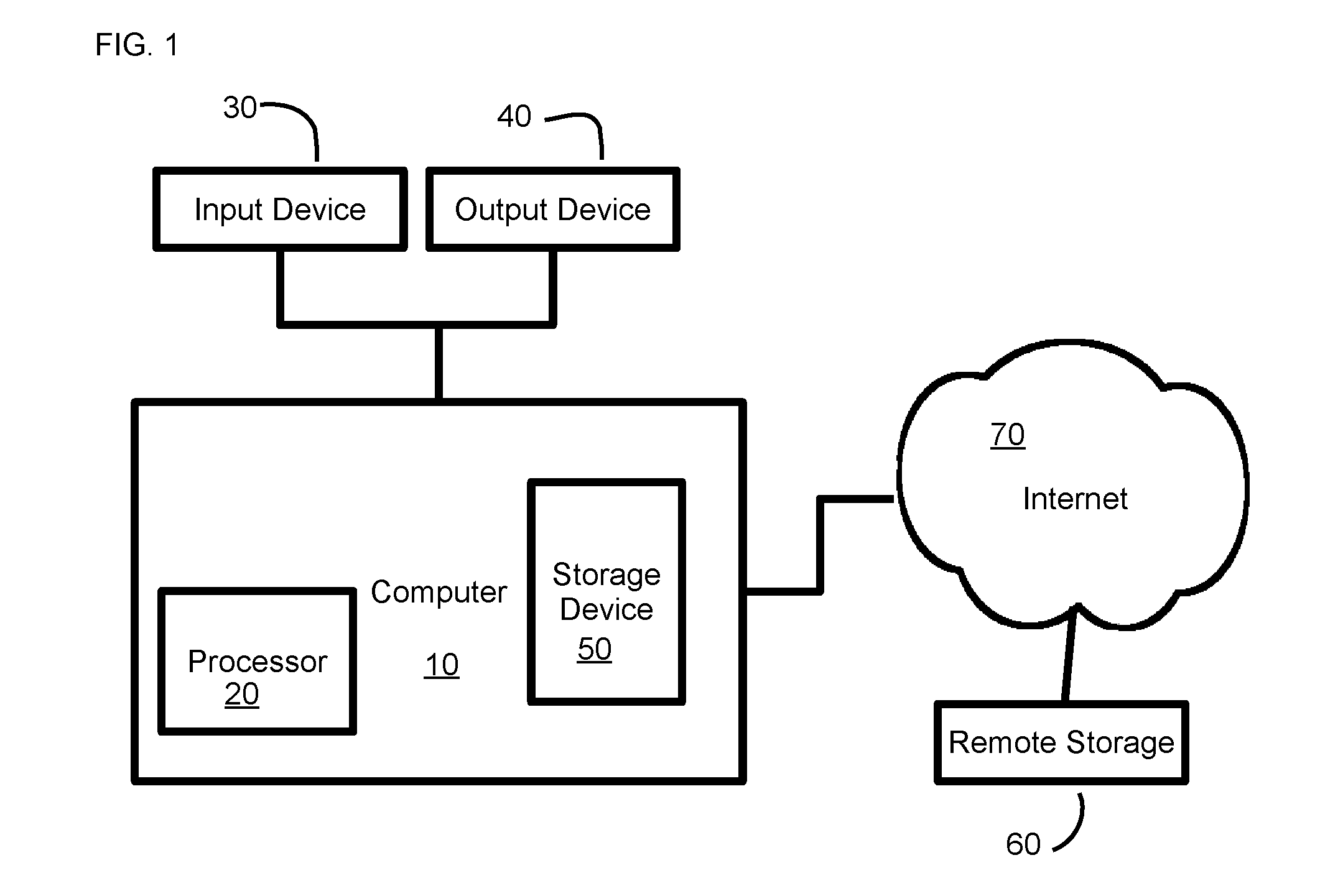System and Method for Defining and Calibrating a Sequential Decision Problem using Historical Data
a sequential decision and data technology, applied in the field of system and method for defining and calibrating sequential decision problems using historical data, can solve the problems of tedious and difficult tasks, affecting and unable to achieve the desired effect, and achieve the effect of facilitating the input of historical data sets
- Summary
- Abstract
- Description
- Claims
- Application Information
AI Technical Summary
Benefits of technology
Problems solved by technology
Method used
Image
Examples
Embodiment Construction
[0029]Transforming a user's historical data into the inputs for a sequential decision problem by defining and calibrating the historical data allows the user to remove at least some bias from the inputs into the decision problem and to avoid the tedious work or impracticable (for large problems) work in creating the inputs. The ability to automatically define and calibrate inputs to a decision problem has the potential to improve decision making in many fields, particularly fields where decision problems have exceedingly large state spaces, action sets, or other unwieldy inputs. For example:
[0030](1) A problem has a large state space. The state space, and the corresponding transition space and reward space could have hundreds, thousands or more elements; a user may not have the time to decide how many states or actions to include or the ability to distinguish between meaningfully different states and actions. Specifically, the user could be a gas station attempting to analyze a pric...
PUM
 Login to View More
Login to View More Abstract
Description
Claims
Application Information
 Login to View More
Login to View More - R&D
- Intellectual Property
- Life Sciences
- Materials
- Tech Scout
- Unparalleled Data Quality
- Higher Quality Content
- 60% Fewer Hallucinations
Browse by: Latest US Patents, China's latest patents, Technical Efficacy Thesaurus, Application Domain, Technology Topic, Popular Technical Reports.
© 2025 PatSnap. All rights reserved.Legal|Privacy policy|Modern Slavery Act Transparency Statement|Sitemap|About US| Contact US: help@patsnap.com



